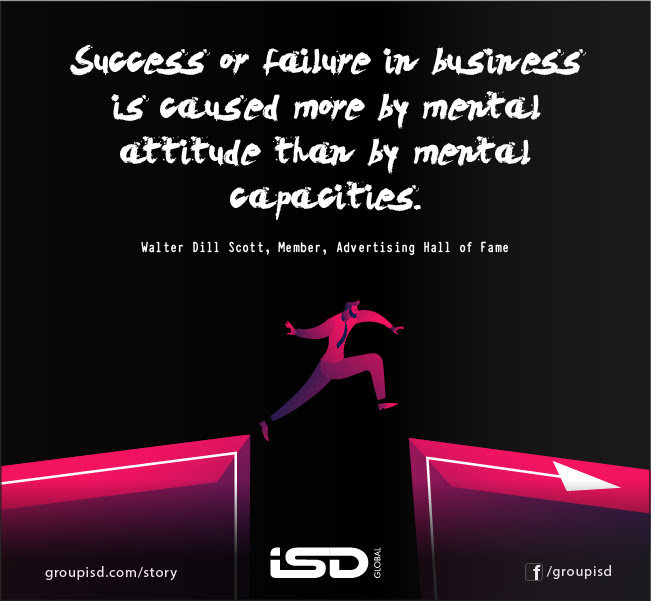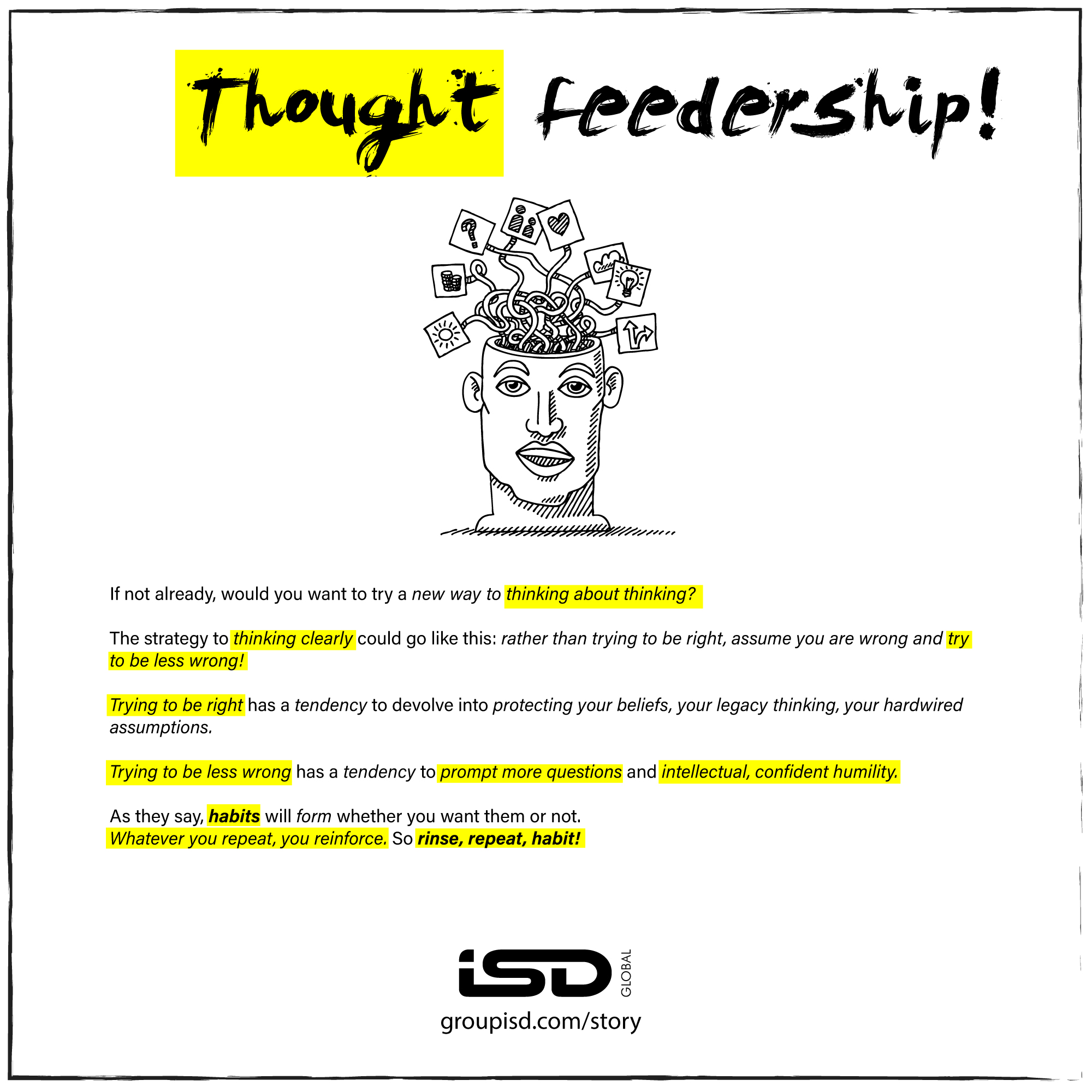The term win-win was first coined in the 1920s by human relations and management pioneer Mary Parker Follett.
Probably it is the most commonly used term in recent history and a compelling narrative in every negotiation where both sides claim and are trying to please each other. It seems to be an easy way to round off a discussion and demonstrate to the other side that you are thinking of them.
The truth is that ” win win ” is never a perfect world or a zero-sum game. There will always be short term losers, especially the ones who had entrenched interests and sunk costs(including emotional labour). Ideally a long standing problem solved with all stakeholders winning is the myth. If it was that easy, someone would have solved it long ago. The issue is who would bell the cat and take the hit in the short term?

A rather democratic practice is where it is a win-lose but where most people with something at stake end up benefitting. Being all things to all people is a fallacy and leadership certainly is not the ability to make everyone happy but an enabling mechanism where most of the people on the journey are glad to be going where they are being taken.
Win-win is a belief in the Third Alternative. It’s not your way or my way; it’s a better way, a higher way – Stephen Covey

Difference of opinion and divergent interests have a three point resolution: domination, compromise or integration. Needless to articulate, domination is a pure play one way street and compromise is never going to make either side comfortable. Integration is the middle path where both sides may end up getting what they wish.
